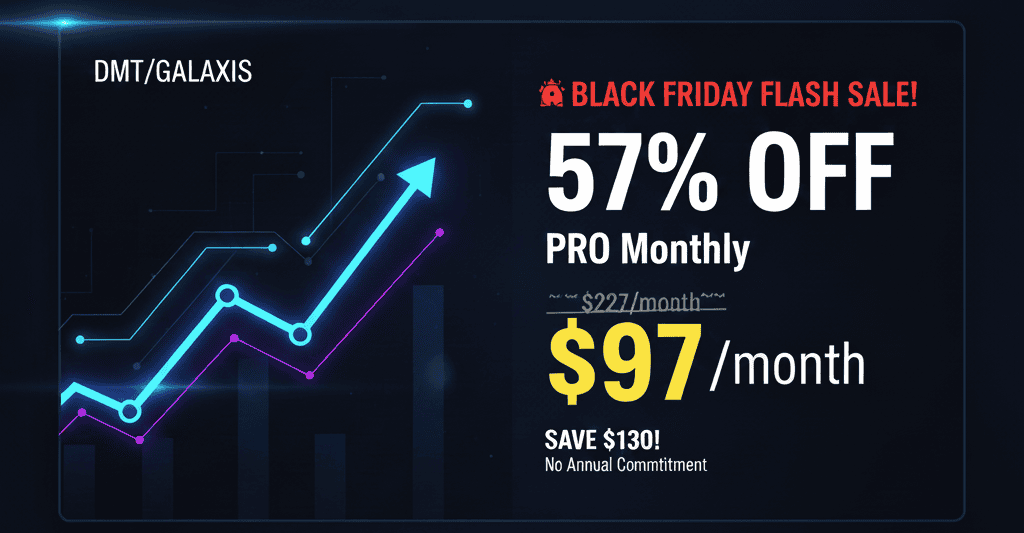How to Evaluate Website Speed and Efficiency
Evaluating website speed and efficiency is crucial for optimizing user experience and improving conversion rates. This guide will provide actionable steps to assess your website’s performance effectively.
Page Load Time Optimization
Identify Your Current Load Time: Use tools like Google PageSpeed Insights or GTmetrix to measure your site’s current load time. A benchmark for optimal performance is under 2 seconds [Source: Google].
Analyze Results: Look for metrics such as First Contentful Paint (FCP) and Time to Interactive (TTI). FCP should ideally be under 1 second, while TTI should be below 5 seconds [Source: WebPageTest].
Implement Recommendations: Follow the tool’s suggestions, which may include image compression, browser caching, and script minification. Each of these can significantly reduce load times.
Test Again: After making changes, re-test your site using the same tools to see if improvements have been made.
So you can ensure that your pages load quickly, enhancing user engagement.
Mobile Site Performance Evaluation
Use Mobile-Specific Tools: Utilize mobile testing tools such as Google’s Mobile-Friendly Test or Pingdom Tools to evaluate how well your site performs on mobile devices.
Check Responsiveness: Ensure that all elements of your site adapt correctly on smaller screens without losing functionality or aesthetics.
Assess Loading Speed on Mobile: Aim for a loading time of under 3 seconds on mobile devices [Source: Think with Google]. If it takes longer, consider simplifying content or reducing media size.
Optimize Touch Elements: Ensure buttons and links are easily tappable without zooming in; this improves usability on touch devices.
So you can enhance the experience for mobile users, who represent an increasing share of web traffic.
User Experience Analytics
Install Analytics Tools: Use Google Analytics or similar platforms to track user interactions and behavior metrics such as bounce rate and session duration.
Monitor Engagement Metrics: Aim for a bounce rate below 40% and a session duration over 2 minutes [Source: Kissmetrics]. High bounce rates may indicate slow loading times or poor content relevance.
Utilize Heatmaps: Implement heatmap tools like Hotjar to visualize where users click most frequently on your site, helping identify areas needing improvement.
Gather Feedback: Use surveys or feedback forms to collect user opinions about their experience on your site directly from visitors.
So you can make data-driven decisions that enhance overall user satisfaction and retention rates.
Checklist for Evaluating Website Speed and Efficiency
- Measure initial page load time using analytics tools.
- Analyze specific metrics like FCP and TTI.
- Optimize images, scripts, and CSS files.
- Conduct mobile performance tests.
- Monitor engagement metrics regularly.
- Utilize heatmaps to understand user interaction patterns.
- Gather direct feedback from users about their experiences.
FAQ
What tools can I use to measure my website’s loading speed?
You can use Google PageSpeed Insights, GTmetrix, or Pingdom Tools for accurate measurements of your site’s loading speed.How do I interpret the results of a website speed test?
Focus on key metrics such as load time (under 2 seconds), FCP (under 1 second), and TTI (below 5 seconds) to gauge performance effectively .What factors affect my site’s performance?
Factors include server response time, image sizes, script complexity, network latency, and third-party integrations that may slow down loading speeds .
By following these steps diligently, you will be equipped with the knowledge necessary for evaluating website speed and efficiency effectively while enhancing user experience across various devices.
